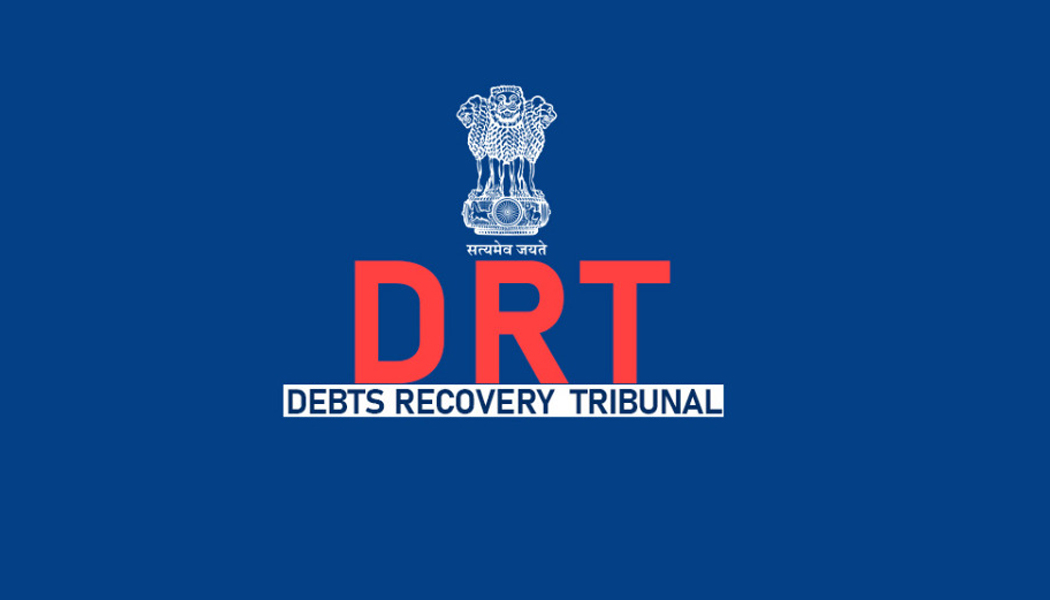
How effective is the debt recovery process through DRTs?
How effective is the debt recovery process through DRTs?
The effectiveness of the debt recovery process through Debts Recovery Tribunals (DRTs) in India can be assessed based on various factors, including efficiency, speed, enforceability of orders, and overall impact on the recovery of outstanding dues. Here’s a detailed analysis of the effectiveness of debt recovery through DRTs:
- Efficiency and Speed: One of the primary advantages of approaching DRTs for debt recovery is the efficiency and speed with which cases are adjudicated. DRTs are specialized tribunals dedicated exclusively to debt recovery disputes, allowing for streamlined procedures and focused adjudication. Compared to traditional civil courts, which may have extensive case backlogs and procedural delays, DRTs prioritize the expeditious resolution of cases. This results in faster disposal of cases and quicker recovery of outstanding dues for creditors.
- Specialized Expertise: DRTs are staffed with adjudicators who possess specialized expertise and knowledge in banking, finance, and debt recovery laws. This expertise enables DRTs to understand the complexities of debt recovery disputes and adopt specialized approaches to resolve them effectively. The specialized focus of DRTs ensures that cases are heard by adjudicators with relevant experience, leading to more informed decisions and better outcomes for creditors.
- Enforceability of Orders: Orders passed by DRTs for debt recovery are legally binding and enforceable, providing creditors with effective mechanisms to compel compliance by defaulting borrowers. DRTs have broad powers to enforce their orders, including attachment and sale of properties, garnishment of wages or bank accounts, and issuance of recovery certificates. This ensures that creditors can effectively recover outstanding dues through the enforcement of DRT orders.
- Cost-Effectiveness: Pursuing debt recovery through DRTs is often more cost-effective compared to protracted litigation in civil courts. DRTs follow streamlined procedures, which reduce legal fees and expenses associated with litigation. The focused approach of DRTs also minimizes the time and resources spent on resolving debt recovery disputes, resulting in more economical outcomes for creditors.
- Protective Measures for Creditors: DRTs can grant interim relief or injunctions to protect the interests of creditors during the pendency of proceedings. These protective measures ensure that creditors can safeguard their rights and assets while pursuing debt recovery through DRTs. The availability of such measures enhances the effectiveness of the debt recovery process and provides creditors with greater confidence in pursuing their claims.
- Promotion of Financial Stability: By facilitating the recovery of outstanding dues owed to banks, financial institutions, and asset reconstruction companies, DRTs contribute to the promotion of financial stability and soundness in the banking and financial sector. Effective debt recovery through DRTs helps mitigate the impact of non-performing assets (NPAs) and enhances the overall health of the financial system.
In conclusion, the debt recovery process through DRTs in India is generally considered effective due to the efficiency, speed, enforceability of orders, and specialized expertise offered by these tribunals. DRTs provide creditors with an effective forum for resolving debt recovery disputes and recovering outstanding dues in a timely and cost-effective manner, thereby contributing to the stability and efficiency of the financial sector.
Disclaimer: This information is intended for general guidance only and does not constitute legal advice. Please consult with a qualified lawyer for personalized advice specific to your situation
Adcocate J.S. Rohilla (Civil & Criminal Lawyer in Indore)
Contact: 88271 22304
